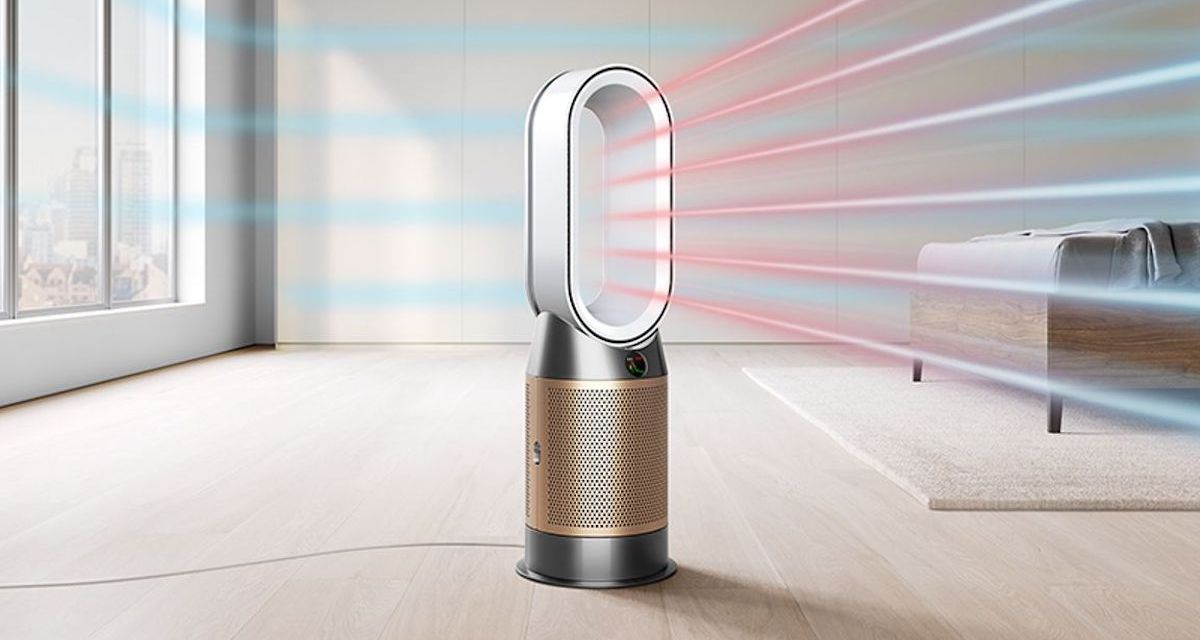Behind Dyson’s ‘connected’ omnichannel strategy across home and beauty

Dyson, the popular vacuum and hair dryer manufacturer, has been a major player in household appliances for more than three decades. But, over the last several years, it’s managed to widen its reach and customer base by exploring live shopping, inking retail partnerships and expanding into new categories.
Today, the 32-year-old company sells everything from headphones and hair straighteners to air purifiers and desk lamps. Dyson products are available in stores and on Dyson’s website, as well as in major home and beauty retailers like Best Buy, Nordstrom and Ulta Beauty. Dyson also has its eye on international growth. Earlier this month, Dyson expanded into Colombia via an exclusive partnership with Mercado Libre, the largest online retailer in Latin America.
Many retailers say it’s important to have an omnichannel strategy in today’s crowded landscape of online shopping, social media apps and physical stores. But the word “omnichannel” can have different meanings, depending on who you’re talking to. For Dyson, this means staying “connected” with shoppers using any number of avenues to try and buy products, Malorie Davalos, Dyson’s director and head of omnichannel sales, said.
“I think about how we show up to the customer in all ways,” Davalos said at this week’s Modern Retail Commerce Summit in New Orleans. “So fulfillment, marketing and product, product availability. Are we there with the customer where they are?” At the event, she dove into all the various channels on which Dyson is available, and how it thinks about the customer journey in each.
For companies like Dyson, which makes products across many categories, presenting a united vision to customers can be challenging. The secret, Davalos stressed, is looking at an audience “in a more separated way.”
“The personalization is so big at this point,” she explained. “We’re not really audience segmenting as much as we are using kind of personas and behaviors.” Today, Dyson has “12 different personas” of typical customers, she said.
This more curated approach can be helpful when using platforms that appeal to different age groups like Gen X or Gen Z. Overall, Davalos said, shoppers are increasingly “doing their research” across channels to have a more “holistic” shopping experience. For instance, a customer might read product reviews for a Dyson vacuum on Amazon, watch someone use that vacuum in a livestream video on Dyson’s website and/or test out that vacuum at a Dyson storeroom in a Best Buy location.
Ad position: web_incontent_pos1
“There is no one-size-fits-all customer journey at this point,” Davalos said. “Customers are taking a non-linear journey. It used to be kind of A, B, C, top-to-the-bottom of the funnel conversion. And now, it’s up to about nine touch points before a customer converts.”
Dyson’s touch points involve its DTC channels like its website, app and demo stores, the latter of which offer complimentary hair styling and customized machines. But, it’s also interested in cultivating more retailer relationships.
Amazon, too, has been helpful to Dyson’s business — and the company has been honing its strategy on the marketplace. Dyson’s V15 Detect Cordless Vacuum Cleaner is listed as an “Amazon Choice” product, and fans of the brand can follow Dyson’s account for extra deals, content and email updates.
Because Amazon is a juggernaut with divisions from grocery to health care, it’s crucial to tailor the site to your individual company, Davalos said. “Amazon has hundreds of millions of customers and it’s inevitable our customers are shopping on Amazon,” she explained. “So it’s kind of, how do we bring that experience to Amazon so that the customer knows that they’re shopping for Dyson? Versus just being, oh, this is Amazon’s website and we’re just the same as everyone else on this page.”
For Dyson, this means publishing educational content that focuses on its technology and gives greater insight into its products. Its official store page on Amazon, for example, explains “why Dyson is different” and includes behind-the-scenes videos and additional photos. It also includes image cards for its products with bullet points about anything from battery life to weight to oscillation.
Ad position: web_incontent_pos2
Going forward in 2023, Davalos’ goal for Dyson is to do more internal education around omnichannel to “be almost channel-agnostic and trusting our partner or regional partners to deliver,” she said.
Want to discuss this with our editors and members? Join here, or log in here if you're already a member.

